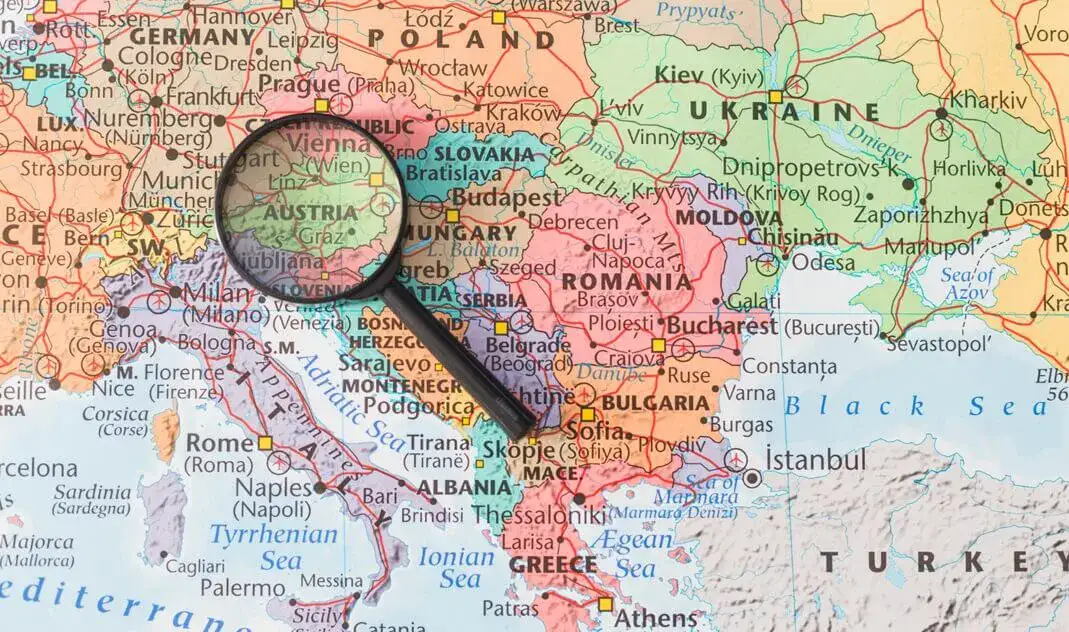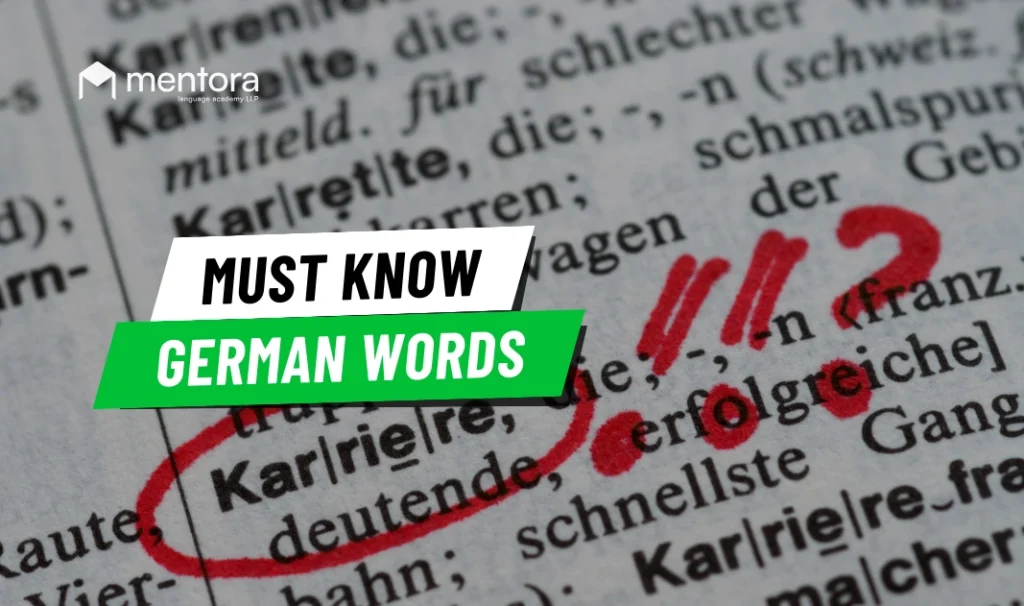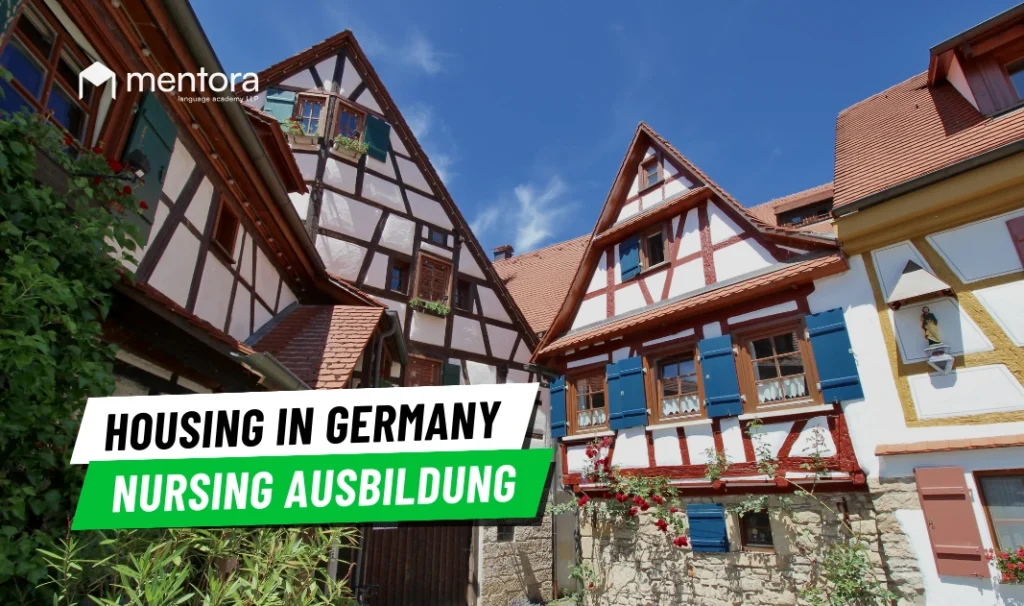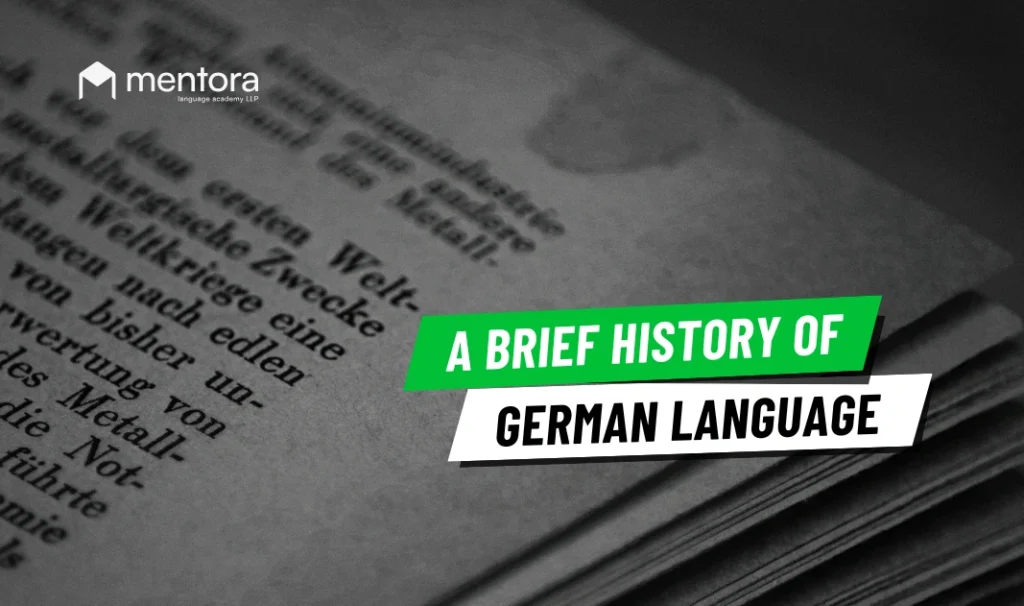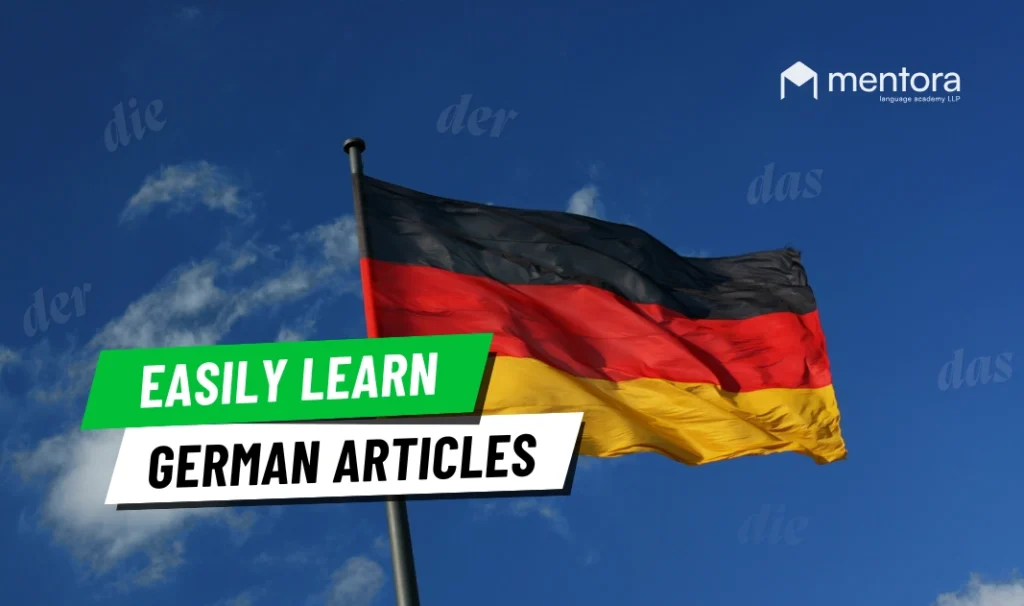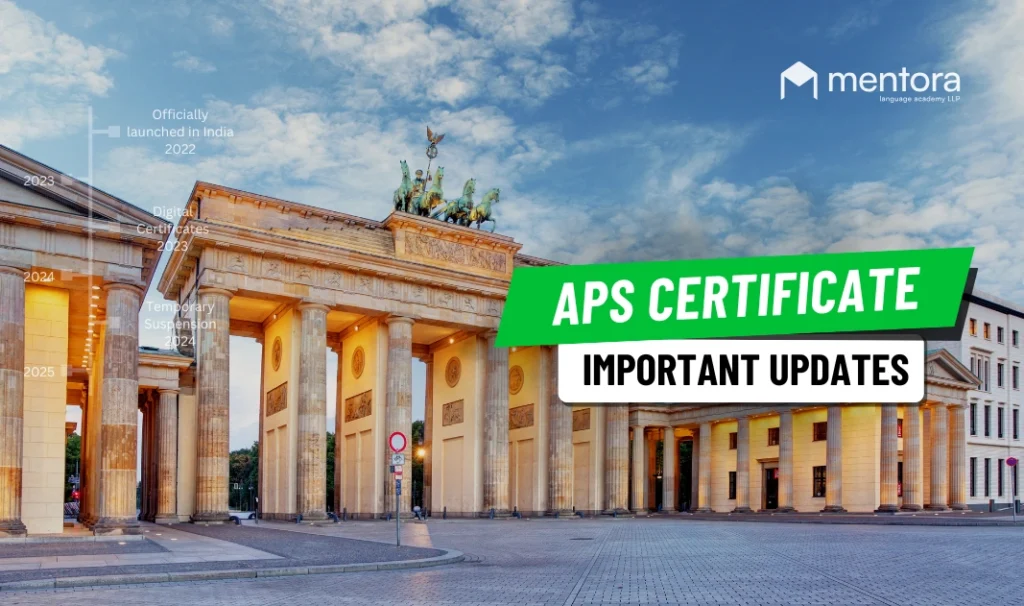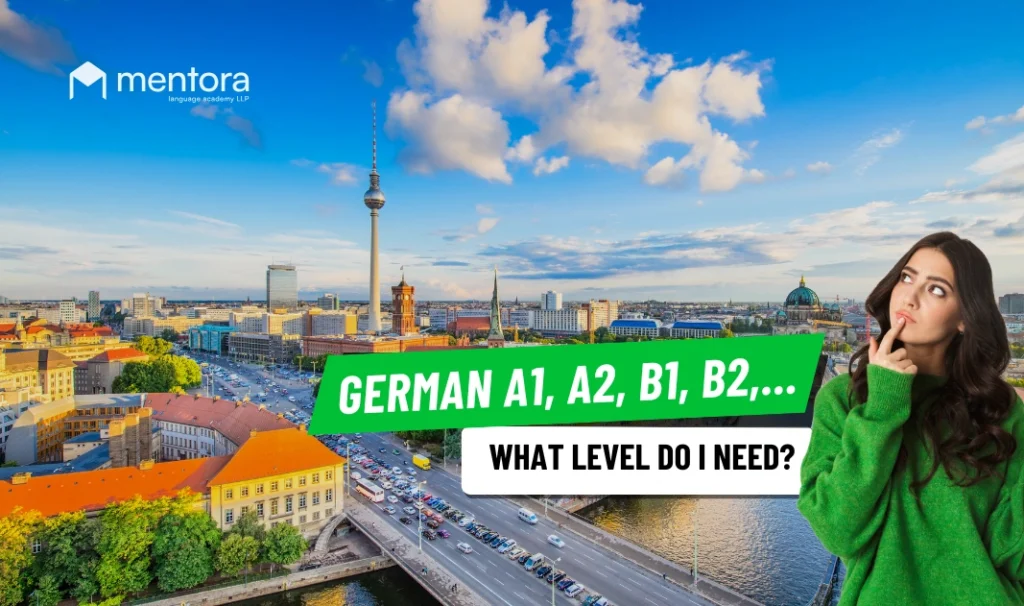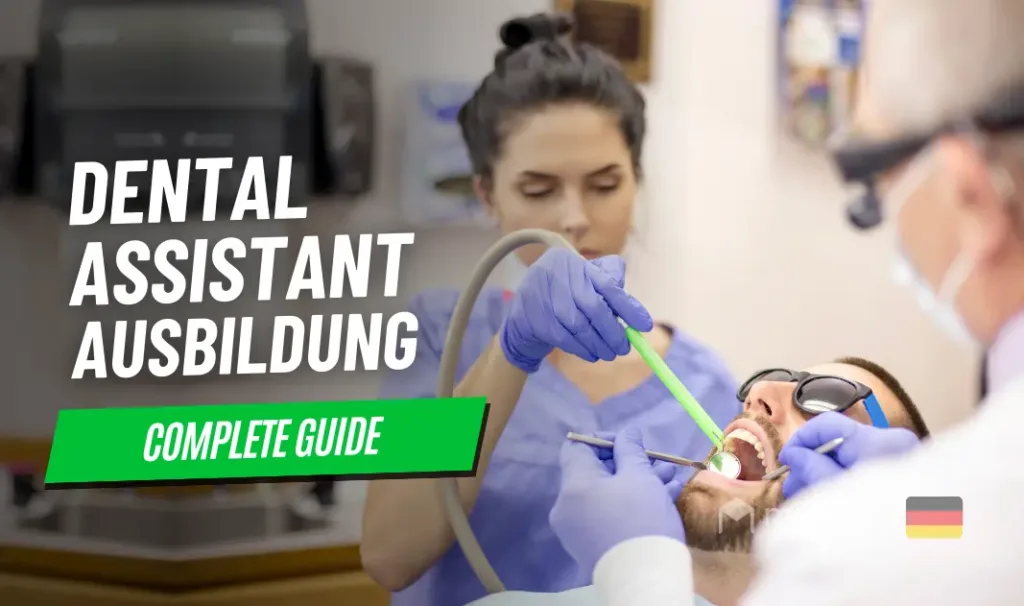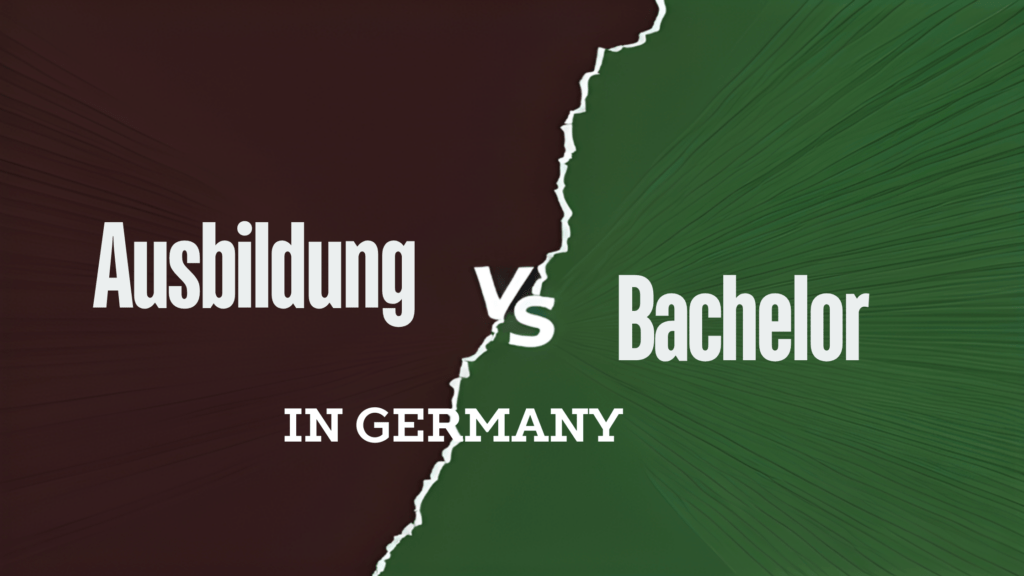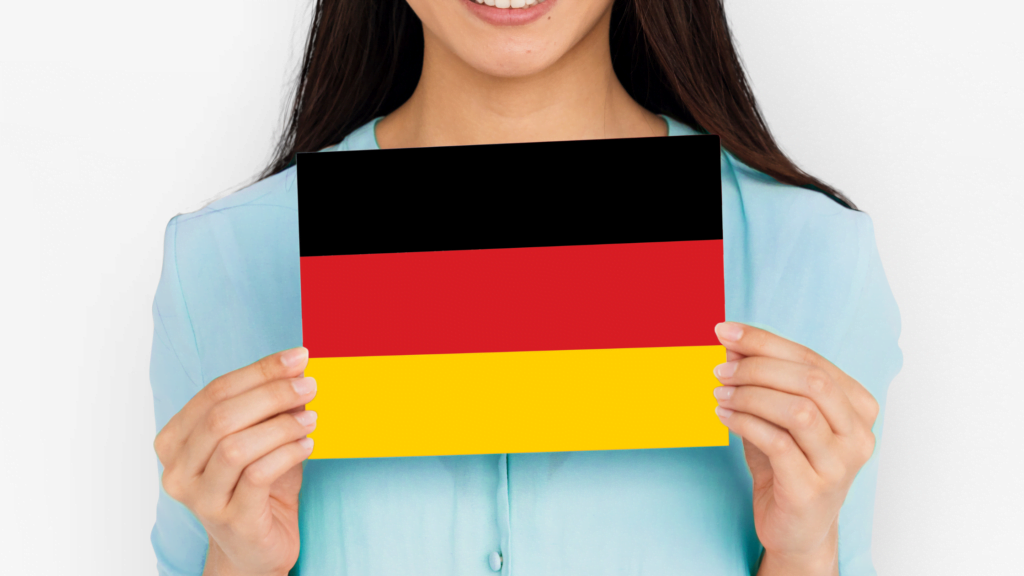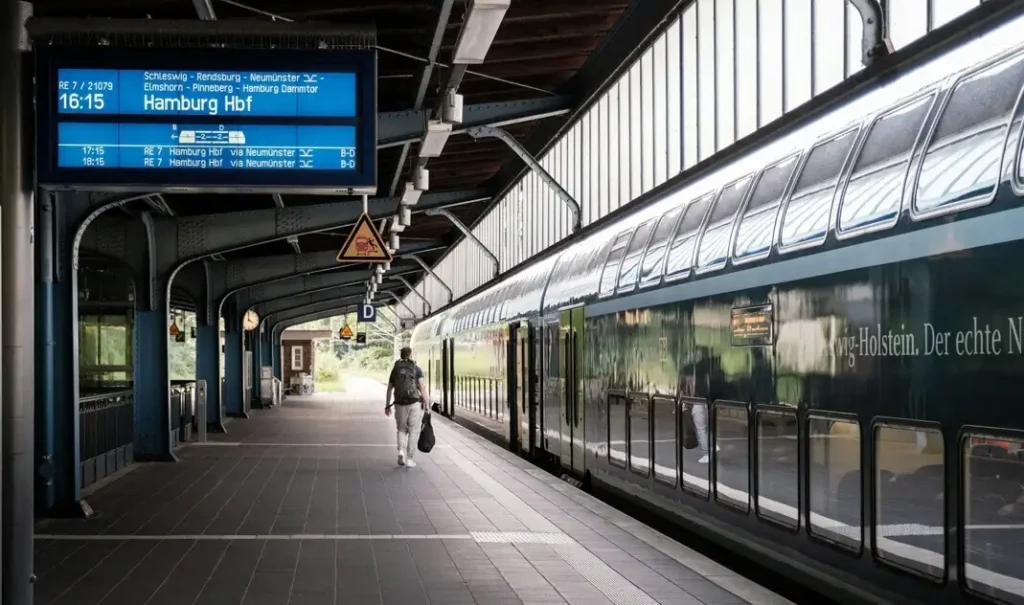Germany, Austria, and Switzerland are not only linked by their shared use of the German language but also distinguished by the rich tapestry of dialects that vary significantly from region to region. Understanding these dialects can be both a fascinating journey into the cultural heritage of the German-speaking world and a practical tool for enhancing communication within it.
This blog post delves into the types of German languages used across these countries, highlighting their unique characteristics compared to Standard German and providing tips for navigating these linguistic landscapes.
6 Main Types of German Dialects
High German (Hochdeutsch)
High German, or Hochdeutsch, is the standardized form of the German language used in formal contexts, education, media, and communication between German-speaking regions. It’s based on the dialects of central and southern Germany, distinguishing itself as the “standard” against which dialects are often compared.
Low German (Plattdeutsch or Niederdeutsch)
Low German is spoken in the northern regions of Germany and is markedly different from High German. It has its roots in Old Saxon and exhibits less influence from the High German consonant shift, making it sound more similar to English and Dutch. Low German has its own literature and media but is less commonly used in everyday conversation.
Bavarian (Bairisch)
Bavarian dialects are spoken in Bavaria (Bayern), parts of Austria, and South Tyrol in Italy. Bavarian dialects can vary greatly, even within the region, and have a distinct vocabulary, pronunciation, and grammar from Standard German. For instance, the Bavarian dialect often softens the hard “k” sound to a “ch” sound, making it sound softer to the ear.
Swabian (Schwäbisch)
Swabian is found in the region of Swabia (Schwaben), in southwestern Germany. It’s known for its unique intonation and the use of the diminutive “-le” suffix, which is added to nouns, making them sound diminutive or affectionate. This dialect is often perceived as particularly challenging for non-native speakers due to its distinct pronunciation and vocabulary.
Alemannic (Alemannisch)
Alemannic dialects are spoken in southwestern Germany, Switzerland, Alsace (France), and Liechtenstein. These dialects are characterized by the preservation of the Old High German diphthong ei, pronounced as “ai.” Swiss German, a variety of Alemannic, is the predominant dialect in Switzerland and can be significantly different from Standard German, posing challenges even for native German speakers from other regions.
Austrian German (Österreichisches Deutsch)
Austrian German is not a dialect per se but a national standard of German with its own vocabulary and some differences in pronunciation and grammar from Germany’s Standard German. It includes terms and expressions unique to Austria, many of which come from Austro-Bavarian dialects.
Tips to Master Different German Dialects
Listening and Exposure
The key to understanding German dialects is exposure. Listening to local music, watching regional television programs, and engaging with native speakers can significantly improve your ability to understand and even speak the dialects. Each dialect has its own rhythm and melody, which can only be grasped through regular listening.
Learning Regional Vocabulary
Each German dialect has its own set of unique words and expressions. Learning these can not only help you understand but also endear you to the local population. For example, in Bavarian, “Grüß Gott” is a common greeting, whereas, in High German, you might say “Guten Tag.”
Also Read: Easy ways to improve German pronunciation
Using Dialect Dictionaries and Apps
Several online resources, dictionaries, and apps are dedicated to German dialects. These can be invaluable tools for learning specific dialect words and phrases. Additionally, some language learning apps now offer modules focused on regional dialects.
Patience and Practice
Understanding and speaking German dialects requires patience and practice. It’s important to remember that even native German speakers may struggle with dialects outside their own region. Embrace mistakes as part of the learning process and enjoy the rich diversity of the German language.
Conclusion
The German-speaking world is a patchwork of dialects, each with its own identity and charm. From the melodic intonations of Bavarian to the distinct vocabulary of Swiss German, these dialects offer a window into the cultural and historical diversity of Germany, Austria, and Switzerland. By embracing these differences and committing to understanding them, language learners and enthusiasts can deepen their appreciation of the German language and enhance their communication within these regions.
